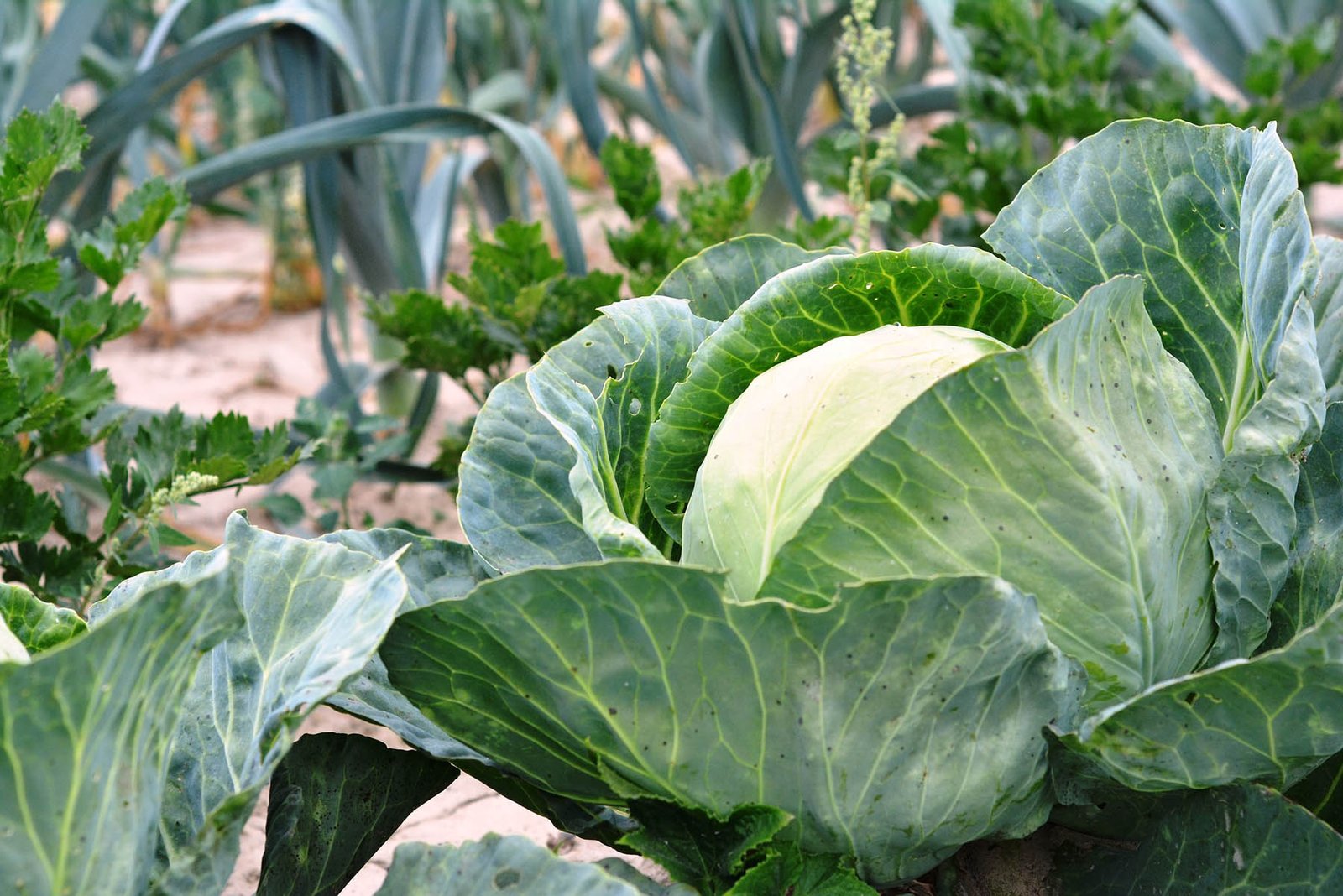+1-214-701-9955
- Gardening For Food. A better way of living

The Nutritional Powerhouse: Cabbage
Cabbage is a cruciferous vegetable that has been cultivated for centuries, renowned for its excellent nutritional profile and versatility in the kitchen. Cabbage is an essential ingredient for a healthy diet, rich in vitamins C, K, and B6, along with minerals like calcium, potassium, and magnesium. In addition, this leafy green is also packed with antioxidants and phytonutrients, contributing to its cancer-fighting, anti-inflammatory, and immune-boosting properties!
Cultivation Tips for Cabbage Seeds:
Cabbage plants thrive in cool weather and can grow in spring and fall. To ensure a bountiful harvest, follow these essential cultivation tips:
Soil Preparation -
Cabbage prefers well-draining, fertile soil with a pH level between 6.0 and 6.8. Enrich the soil with compost or aged manure before planting.
Sowing -
Start seeds indoors 4-6 weeks before the last frost date, or sow directly outdoors when soil temperatures reach 45°F (7°C). Plant seeds ¼ inch deep and 2 inches apart, later thinning to a spacing of 12-24 inches, depending on the variety.
Watering and Fertilizing -
Keep the soil consistently moist but not waterlogged. Fertilize with a balanced, slow-release fertilizer at planting time and again when heads begin to form.
Pest Control -
Protect your cabbage plants from common pests like cabbage worms, aphids, and flea beetles by using organic methods such as row covers, beneficial insects, or insecticidal soap.
Harvesting -
Harvest cabbage heads when they reach their desired size and are firm to the touch. Use a sharp knife to cut the stem just below the head, taking care not to damage the surrounding leaves. Depending on the variety, most cabbages will be ready for harvest between 80 and 180 days after planting.
Storage -
Store freshly harvested cabbage in a cool, dark place like a refrigerator or root cellar. If stored properly, cabbage can last for several weeks or even months.